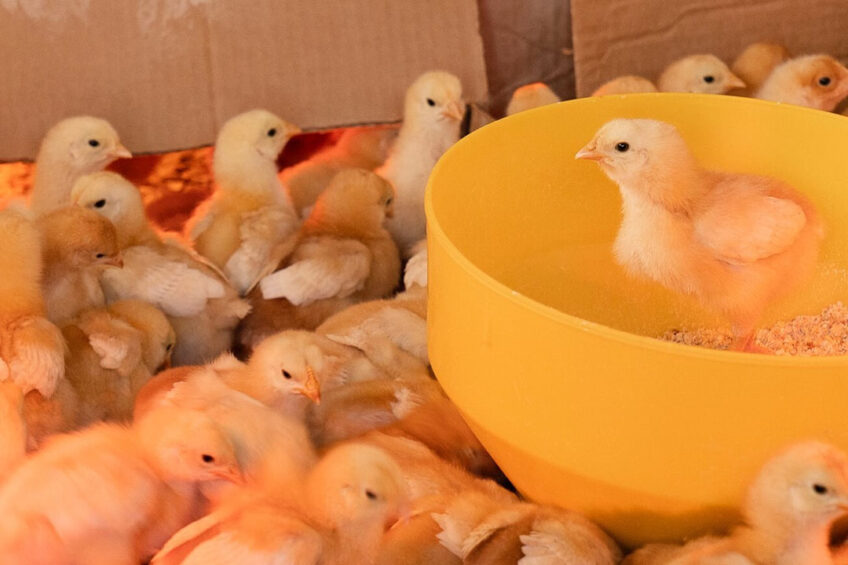Iran braces for a drop in broiler meat production

A 40% hike in average broiler meat prices in Iran over the past few months has reportedly undermined consumption, dragging down production performance of poultry farms across the country, Gorgan Mobsri, secretary of the Iranian meat and poultry producers’ union told local publication, Tahli Bazaar.
Feed prices keep rising
The price of poultry feed in Iran has jumped from 4,200 tomans (US$1 according to the official exchange rate) per kg to as much as 26,000 tomans per kg (US$6.2), Mobsri said, adding that this factor caused a fourfold rise in production costs in the broiler meat segment in Iran in 2022 compared with the previous year.
Iranian poultry farmers have been suffering from high feed prices for the past few years, but things worsened significantly from the beginning of 2022 due to the upward price rally on the global grain market, and because the government downsized the programme of centralised feedstuff distribution among farmers at guaranteed prices.
Retail prices are yet to catch up
Meanwhile, the Iranian government said this year’s food inflation would be limited to 40%. The price of chicken meat on grocery shelves jumped by 26% during spring, and a few more percent added during summer. Mobsri said there are no doubts in the industry that it would go up further.
Consumption goes down
However, the average poultry consumption is already affected. As explained by Mobsri, the domestic poultry market has seen a sharp decline in consumer demand. If this trend continues, it could further push prices up and force poultry breeders to scale down their production plans.
“The low consumption inevitably forces the private sector to reduce production. In this background, the production of day-old chicks, which stood at 33 million units in the first week of April, reached 20 million this week,” Mobsri said.
Iran consumes around 2.1 million tonnes of broiler meat per year. In a wake of Western sanctions, the Iranian authorities have put much effort into ramping up domestic poultry production since 2013, including subsidising new farm construction.
Production slump is around the corner
According to Mobsri, the current situation could lead to a 30-40% drop in broiler meat production due to a lack of day-old chicks. He explained that poultry farmers and hatcheries are considering adjusting production performance this year to minimise losses as the market situation remains unfavourable.












